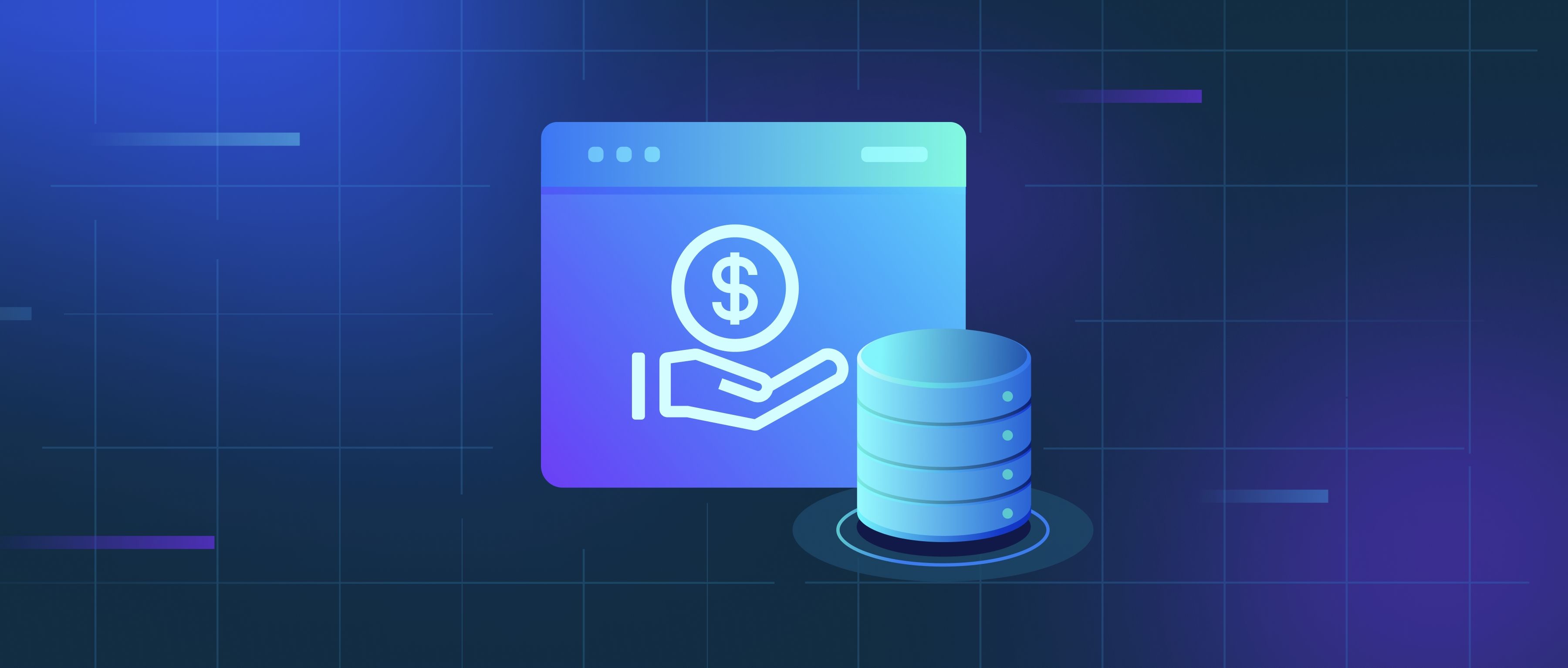Optical Character Recognition (OCR) software has been crucial in automating text extraction from scanned documents, images, and PDFs. Some of the most famous OCR software include Tesseract, one of the most popular open-source OCR engines. Tesseract supports multiple languages and is highly customizable, making it suitable for a variety of OCR tasks, from simple text extraction to complex document processing. Another well-known OCR software is Adobe Acrobat Pro DC, which offers powerful OCR capabilities integrated into its PDF management tools. It allows for the conversion of scanned documents into editable text and is commonly used in office and business environments. ABBYY FineReader is another commercial OCR solution that is highly regarded for its accuracy, especially in document conversion and archiving. FineReader supports a wide range of languages and document types, offering both standard OCR and advanced features like layout retention. Google Cloud Vision OCR is an API-based solution provided by Google that offers robust text extraction from images. It leverages Google's AI capabilities to process various document types and integrates easily with cloud-based applications. Finally, Microsoft OCR is part of the Azure Cognitive Services suite, providing OCR for images, documents, and handwriting, and is integrated into Microsoft's cloud environment for developers.
What are the most famous OCR software?

- Natural Language Processing (NLP) Advanced Guide
- The Definitive Guide to Building RAG Apps with LlamaIndex
- Information Retrieval 101
- Optimizing Your RAG Applications: Strategies and Methods
- Natural Language Processing (NLP) Basics
- All learn series →
Recommended AI Learn Series
VectorDB for GenAI Apps
Zilliz Cloud is a managed vector database perfect for building GenAI applications.
Try Zilliz Cloud for FreeKeep Reading
What datasets work best with AutoML?
AutoML, or Automated Machine Learning, is designed to work best with datasets that are well-structured and clean, featur
What is an agent in reinforcement learning?
An agent in reinforcement learning (RL) is the entity responsible for taking actions within an environment to achieve a
How does predictive analytics support customer retention?
Predictive analytics plays a crucial role in customer retention by using historical data to identify patterns and trends